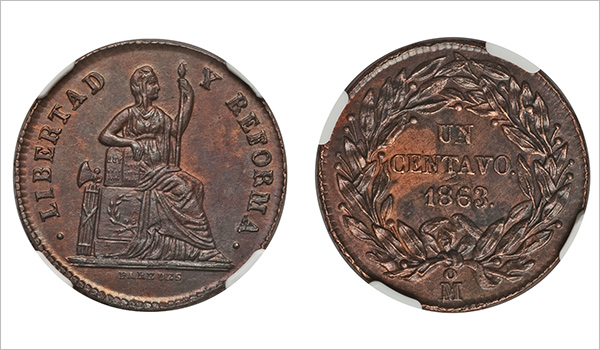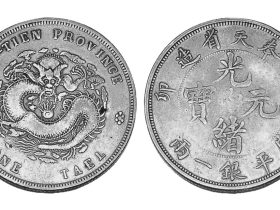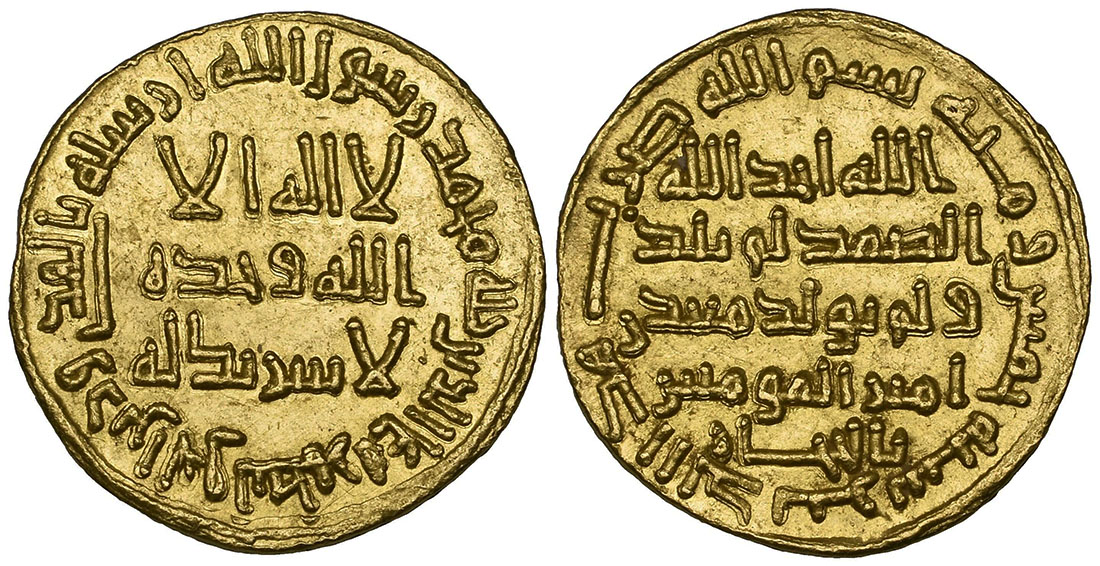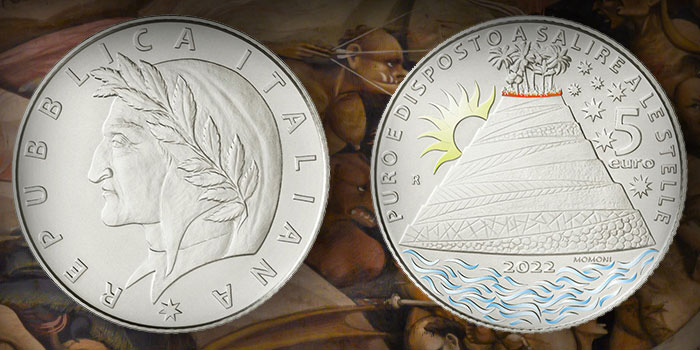
Learn the beginnings and developments of the Mexican coinage. The modern Mexican currency, peso, is derived from the coins issued by Spain during its rule of Mexico.
After it has gained its independence in 1821, the Mexican government still adopted the Spanish monetary system that was composed of 16 silver reales (1 gold escudo, an old currency of Spain) and eight reales (peso).
In this article you will learn about the beginnings and development of old Mexican coins and money used from the early civilizations of Mexico, during the Spanish colonization, in the independence movement, until the present.
Economy during the Aztec Empire
Aztec refers to a group of ethnic tribes of Central Mexico dominating large areas in the Americas during the 14th to 16th centuries.
Though coinage was unknown among the Aztec tribes, there was already a progressive system of trade and commerce in Mexico. Jade beads, copper shears, duck feather quills, and cacao were used to represent economic values, thus as medium of exchange or money.
Most commonly used were cacao beans which were imported from lowland areas. Still, commerce was based mainly on barter system.
Mexican coins in Spanish times
Spanish conquistador Hernan Cortes and Prince Xicotencatl II Axayacatl led an expedition that caused the fall of the Aztec civilization in the early 16th century. This has brought large territories of Mexico to be under the rule of Spain.
Consequently, the Spanish monetary system was implemented bringing metal coins in the Mexican markets. But because of the scarcity of metals, there was a difficulty in the exportation of coins to Mexico that the Spaniards had to adapt to the trading practices of the natives (using cacao beans as money).
In 1535, Viceroy Antonio de Mendoza came to New Spain (refers to Spanish territories in North and Central America, and Asia-Pacific) and brought with him a royal order of establishing a coin mint in America. The La Casa de Moneda de México is the oldest coin mint in the Americas.
First coins to be minted in Mexico were issues of Charles and Juana (then monarchs of Spain) coins. There were silver and copper old Mexican coins but the production of copper coins was suspended as they were not acceptable as payments to the indigenous people.
During the reign of Philip II from 1572, there was an increasing demand for coin that new technology of coinage had to be developed. Such new technology produced unattractive and borderless coins which were easily damaged. These were called the macuquina coins.
More improved coin designs were introduced as time went on. During the rule of Philip V, he had issued the coins columnarios which were made from silver.
The coin features two hemisphere set on sea waves which were united by a crown between two pillars or columns. Around the design is the legend that literally says “Both are one”.
The coins bearing an image or effigy of a monarch were first issued during the reign of Charles III.
Independence and the First Mexican Empire
In 1810, Mexican priest Miguel Hidalgo led the Mexican War of Independence against the Spanish colonial authorities. Hidalgo was captured and died in a firing squad. The group also suffered in scarcity of money that they had to mint fake coins to finance the revolution. In the following years, the insurgent group approached defeat.
But this fate was about to change in 1820. The Spanish viceroy sent an army led by Agustin de Iturbide to fight against the independence movement. But instead of fighting against insurgence, Iturbide joined the uprising which eventually led to the granting of independence to Mexico. Iturbide immediately proclaimed himself as the Emperor of the First Mexican Empire.
The Mexican government chose to adopt the Spanish monetary system even after its independence and during the Iturbide Empire. Mexican gold coins and Mexican silver coins were minted with denominations 8 and 4 escudos, and 8, 2, and 1 ½ reales.
The Mexican peso
The first coins in the Mexican peso ($) currency were issued by the Second Mexican Empire emperor, Maximilian.
They were 1 centavo coins minted in 1863 bearing the portrait of the emperor with the inscription that says Maximiliano Emperador.
On the reverse side are the imperial arms with the words Imperio Mexicano, 1 Peso (denomination), and the mint date.
Mexican nuevo peso (new peso)
In the aim of simplifying calculations and to stem inflation, Mexican President Carlos Salinas de Gortari stripped three zeros from the peso and introduced the nuevo peso (N$) in 1993.
The equivalent was N$1 = $1000. New Mexican peso coin and banknotes were changed accordingly.
Transition from the peso to nuevo peso was done in three years (1993-1996) until the new peso was called peso again and the old currency was removed from circulation.










Leave a Reply